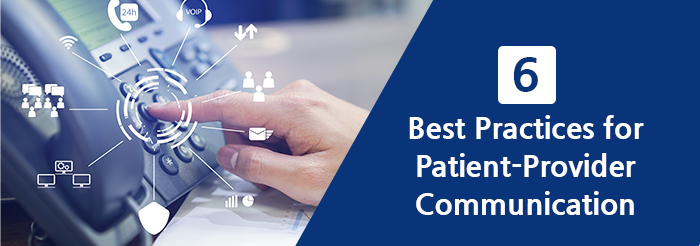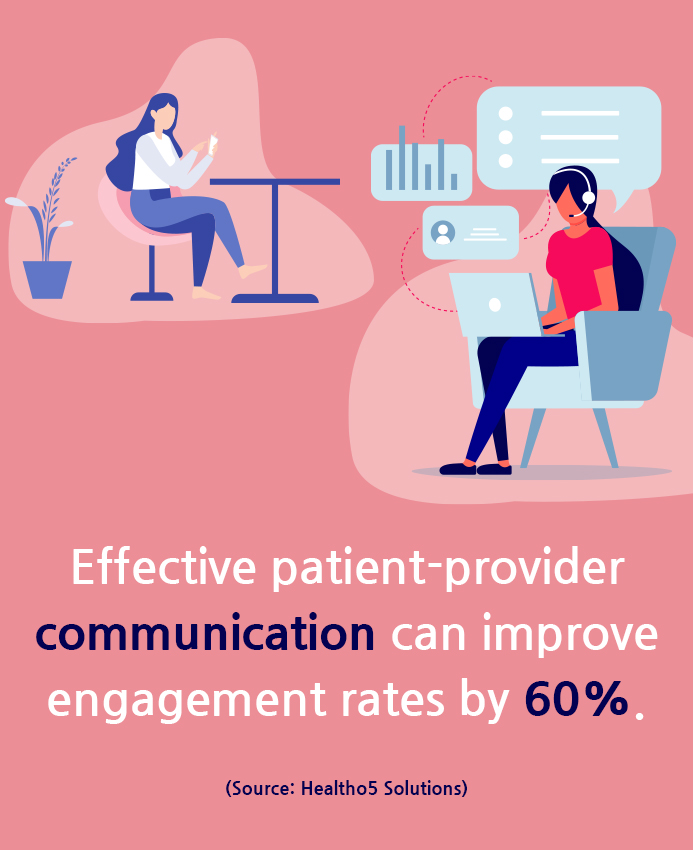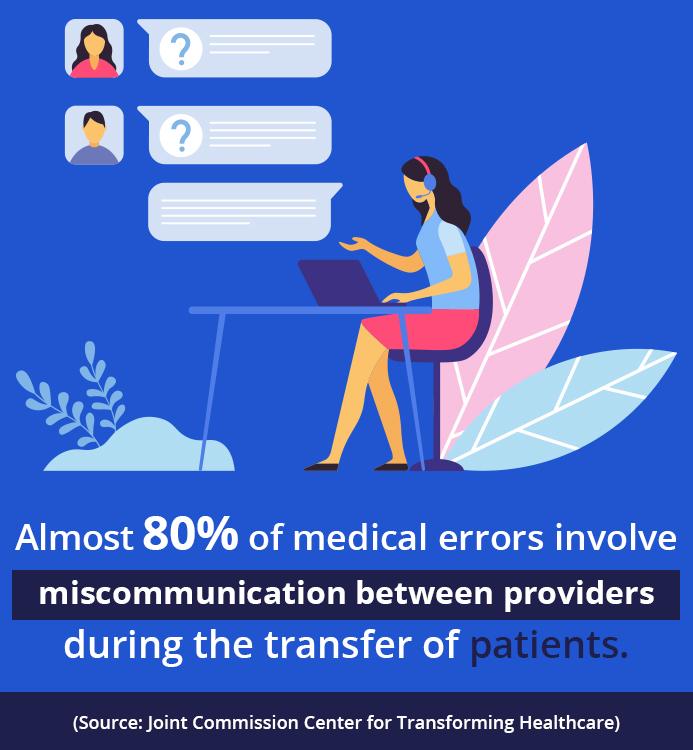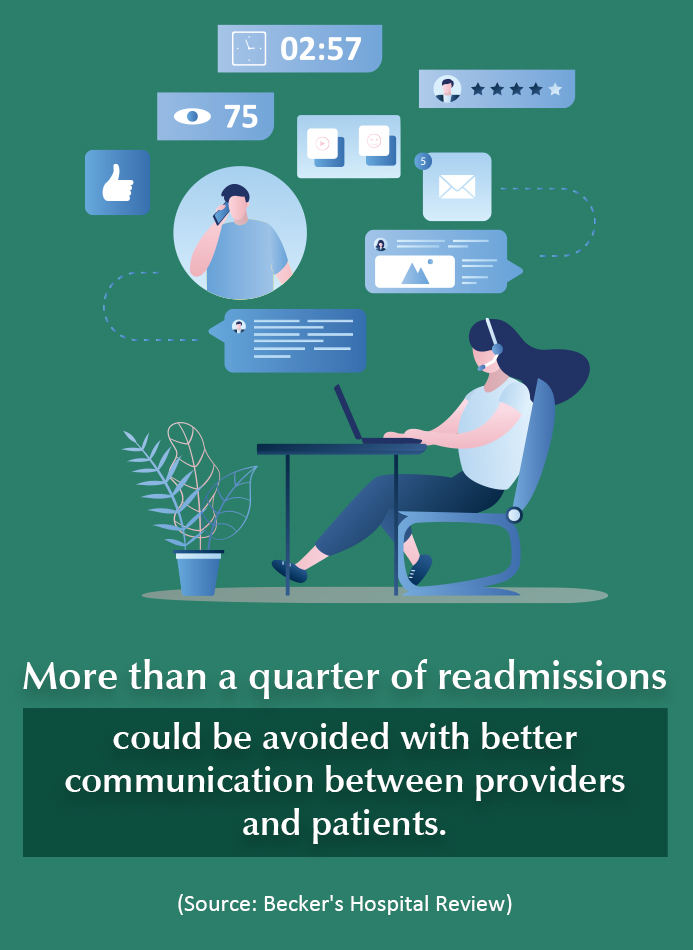6 Best Practices for Patient-Provider Communication
Posted on
Whether you are focusing on growing your medical practice or acquiring new patients or retaining the existing ones, effectively communicating with patients will help you achieve your goals.
If you can’t communicate the severity of the disease to patients, or how your treatment will help them, how are patients ever supposed to trust you? And if they can’t trust you, they will go somewhere else!
So one big question facing medical practitioners in this digitally connected world is: How to improve communication with patients?

Communication between doctors and patients happens daily on multiple levels: social media posts, emails, and blogs. Though doctors are free to express themselves the way they want to, making sure patients perceive the messages, the way they were planned to is a different ballgame altogether. And this is where the importance of an effective patient communication strategy kicks in!

Guidelines For Effective Communication
Communicating effectively with patients is critical. Building a full-fledged doctor-patient communication strategy should be at the core of any medical practice that wants to grow and excel.

As a doctor, what you say and how you say it directly impacts the patient, his or her family, and, ultimately, medical outcome. Follow these best practices to communicate with patients effectively:
Personalize the communication: Patients often seek a human touch when contacting a doctor, so you should make sure to personalize the experience right from the start. Introduce yourself, ask about the patient, address the patient by name, and ask how you can help them. Patients should be able to feel your willingness to help them. Hence, a cheerful tone on the phone and positive body language in person is essential to a superb experience.


Avoid negative talk: Simply put, there’s no place for negativity or doubt in the healthcare industry. A frustrated patient wants to hear that there is a solution to his or her problem. If you do not have immediate answers, try to refrain from using any language that suggests an inability to solve the patient’s problem or lack of knowledge. For instance, avoid words like “can’t” and offer to find a solution with a positive mindset. Negative phrases will not only frustrate the patient but also make him or her lose confidence in your expertise.
Be empathetic: Doctors who use positive language and show confidence are far more likely to appease and satisfy patients. Try to use positive phrases like “I can,” “I will,” and “I understand” to connect with patients. Such positive language is empathetic and restores patient confidence.
Listen carefully: Your patients want to be heard. As a doctor, you must be willing to listen for as long as the patients want to talk. You must always welcome patients to explain their issues in detail before offering solutions. Interrupting a patient implies a lack of empathy or respect, so it’s important to let them talk and offer a solution once they are ready to hear it.

Give clear, non-technical answers: Patients may not possess the knowledge needed to understand a health problem. As a doctor, you need to be sensitive to this. Respect your patient’s time and use the most straightforward terms to explain your patient’s health problem and treatment options. Make your instructions concise and straightforward if you want patients to understand, remember, and follow them.
Take Feedback: If you want to improve patient communication, get in the habit of collecting feedback. Knowing what your patients are thinking is essential to your growth. Many doctors frequently assume they are doing good solely based on their revenue. However, there is no way to identify your strengths and weaknesses without keeping track of patients’ feedback.

Conclusion
Being able to communicate effectively is a critical skill, as lousy communication can prove damaging for your medical practice. You’ll lose not only revenue but also brand image and credibility. Being empathic, displaying a positive attitude, and treating patients with respect are keys to surprise your patients and turn their bad experiences into good ones.
If you are working on improving provider-patient communication and looking for expert advice, do contact us. Our teams will be happy to help you achieve your goals.

 What Are the First Steps When Planning a New Websi..
What Are the First Steps When Planning a New Websi.. SEO Strategies to Rank Your Dental Practice
SEO Strategies to Rank Your Dental Practice How AI is Driving Patient Engagement and Revolutio..
How AI is Driving Patient Engagement and Revolutio..